Surcharging - What is it and why should I care?
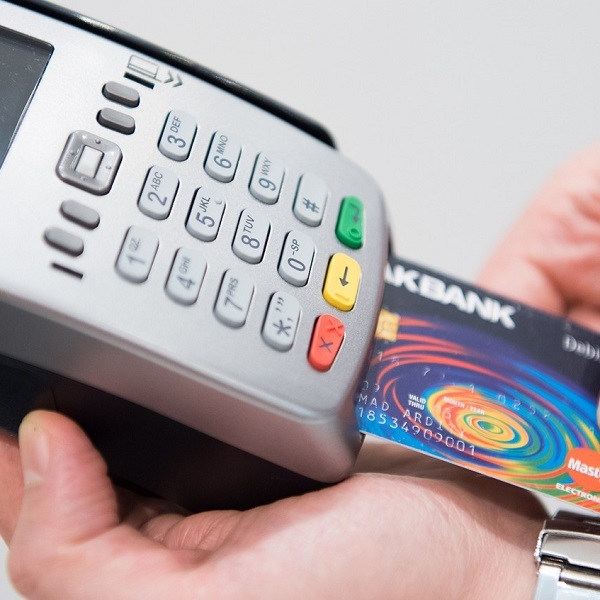
You may have noticed a curious line item when paying the bill at a restaurant in the last 12 months or so that says something like, “Health Benefits,” “Service Fee,” or simply, “Surcharge.” This line item is typically three or four percent of the total bill and it’s becoming more and more of a common occurrence as the practice of surcharging proliferates in the card-present electronic payments industry. But what about the card-not-present industry? More on that further down.
A surcharge is an additional charge, tax, or payment that a company adds to the cost of a good or service sold. Many industries, including travel, telecom, and television providers (cable and satellite) will add surcharge fees to offset the cost of higher prices such as fuel, or regulatory fees imposed by the government. Some businesses have added surcharge fees to compensate for the costs associated with credit cards. This practice effectively covers your cost, as a business owner, and in some cases, can net a profit. If the surcharge is greater than your overall effective rate, you’ll make a little more money on each transaction.
The best part of all of this is that there are no costs or fees associated with enabling and implementing surcharging.
Some businesses, like automotive service stations, have been imposing a fee for credit card use for years – it’s not a new idea. In States where the practice is, or was, prohibited by local statutes, a few clever businesses got around it by offering a “cash discount.” What this means is, if the total amount due came out to $10 and you pay with plastic, you pay $10, but if you pay with cash, you would pay $9.70, assuming it’s a three percent surcharge, of course.
In order to include a surcharge for your card-present transactions, there are a few boxes that need to be checked before you can start keeping more of your money. The business must have a direct merchant account, of course, the right equipment (a variety of EMV-compliant credit card terminals are compatible with the surcharging software), and a sign with specific verbiage posted conspicuously at the point of entry and point of sale. Once these boxes are checked, your credit card terminal is programmed to calculate the appropriate surcharge for the type of credit card used and will print the amount on the receipt. All you have to do is run the transaction like you always have!
How does this apply to electronic commerce?
The practice of surcharging has made its way to the internet and business owners and managers are capitalizing on the opportunity. For any non-subscription business model, the surcharge can be applied to every transaction – all the merchant needs to do is call us and we’ll take care of the rest.
When it comes to any subscription-based business models, it’s a little trickier, but it’s not insurmountable. The current regulations allow for a surcharge on the initial transaction, but not any subsequent recurring transactions, which isn’t great, but it’s not terrible either.
Ultimately, it comes down to the individual merchant’s preference and desire. The practice of surcharging needs to be clearly stated on the checkout page and it must have its own line-item on the payment confirmation page or receipt. Some customers may take umbrage with it, and some may not care. How you, as a business owner or manager, decide to run your business, is your business.
Business owners, or managers, have offered varied explanations from, “It helps our business remain competitive,” to “The cost of accepting credit cards continues to increase and we’ve been offered a program to help offset the continual increases.” There may be some degree of backlash received from a few eagle-eyed customers and I always recommend A/B testing when it comes to tinkering with pricing.
To sum it all up: surcharging is gaining traction with online retailers and it’s an additional means to look after the bottom line of your business. Granted, it may not be for everyone, and that’s okay – no one likes being nickeled and dimed from here to kingdom come. Conversely, it’s only pennies on the dollar, literally, and most consumers/end-users are okay with that.
If you’d like to learn more about surcharging, or if you have any questions about the surcharging practice, or if you have any questions on payment processing, feel free to contact a MobiusPay team member and we’d be delighted for the opportunity to help.
Return to Blog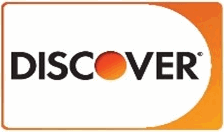
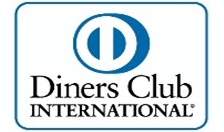


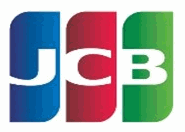
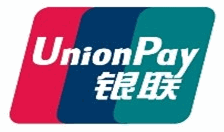
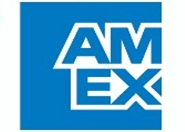


* Created by
